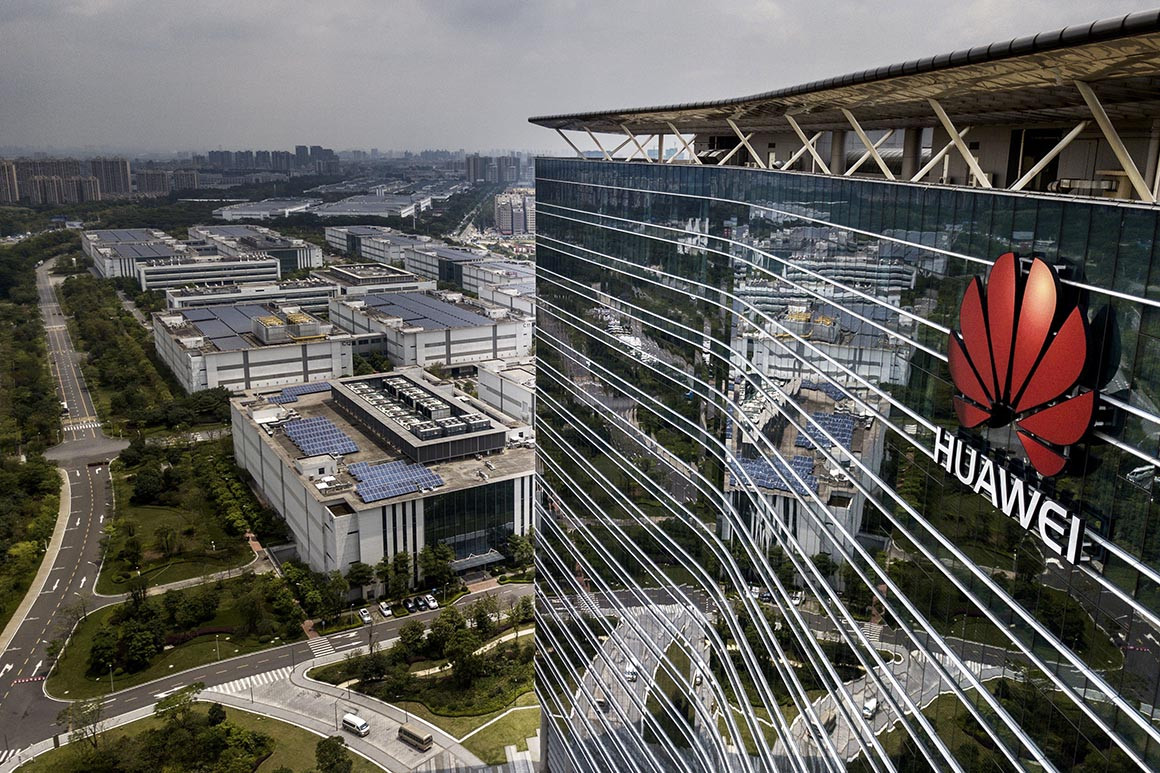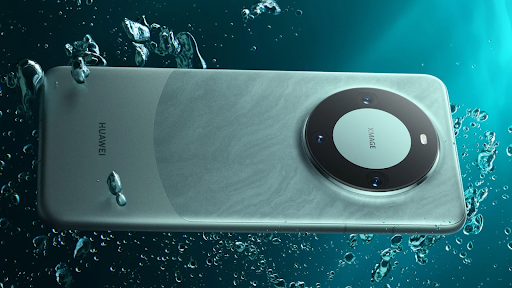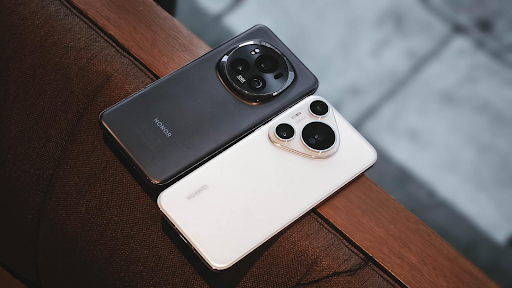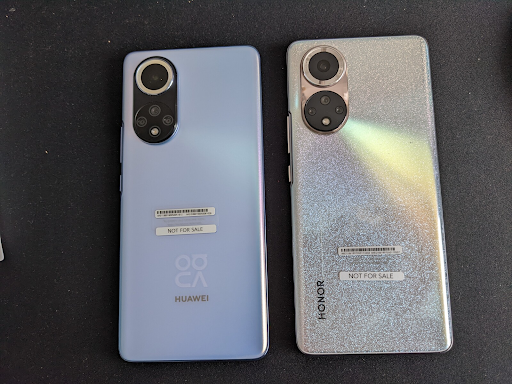The United States continues to increase tensions with its largest political and economic adversary, China, and the competition between the two juggernauts has never been more tense. With China gunning to meet its “Made in China 2025” goals of producing 70% of core materials for domestic industries within the country, the US has repeatedly shot back by putting Chinese companies in its crosshairs to protect and grow US-based corporations. One of the biggest driving forces behind the United States’ vehement push to abandon Chinese goods and services in favor of American alternatives is privacy and national security.
During his first term, President Donald Trump invoked an executive order under the International Emergency Economic Powers Act to curb any and all usage of Huawei telecommunications equipment in the United States, citing security concerns due to Huawei’s ties to a foreign adversary and its status as a partially state-controlled enterprise. [1] With the order came a mandate to immediately take down any Huawei technologies and replace them with other alternatives. Notably, none of Huawei’s competitors, including firms like Cisco and Nokia, are US-based. The hysteria around Huawei reached its peak at the cusp of 5G technology first going online, but Huawei’s rise to dominance reaches much further back.
In the early 2010s, Huawei rose to widespread market dominance thanks to both its smartphone offerings and its competitive 2G and 3G infrastructure. Attributing low labor costs and some level of investment from the Chinese government as a driving force behind its explosive growth, Huawei competed on price and availability and grew its smartphone business to overtake both Samsung and Apple in 2018 and 2020.
ZTE, or Zhong Xing Telecommunication Equipment Company Limited, is another telecommunications company rooted in China that experienced explosive growth in the 2010s and maintained its momentum into the 2020s. Founded in 1985, ZTE is the older of the two companies. By employing similar strategies to Huawei, ZTE became the third largest provider of telecommunications equipment in the world in 2009––providing nearly 20% of all telecommunications equipment sold that year. Its iron grip on telecommunications continues to this day, just not in the United States.
In the mid-2010s, amidst the most contentious times in US-China relations, suspicions of national security threats inherently embedded in Huawei and ZTE, amongst other large Chinese firms, were raised over both companies’ ties to the Chinese Communist Party. Both companies, amongst other measures implemented by the Chinese government, have dedicated agencies that report straight to the Chinese Communist Party. The presence of such entities within these large companies––with China’s strict regulations mandating government access to stored data––further raised suspicions surrounding the two firms. So with Huawei and ZTE having influence from a major adversary to the United States and potentially posing a national security risk, President Donald Trump signed the first executive order against Huawei and its other Chinese contemporaries––shooting down most 5G telecoms equipment originating in China. However, this would not be the end for the companies in the US.
In 2020, the United States State Department published what can best be described as a hit piece against Huawei in the form of a “myth vs. fact” article. [11] In this article, the government agency whined about Huawei not sharing democratic values and argued that other alternatives, like Nokia, were just as affordable and appealing as Huawei. The verity of these claims is still an open question, with Huawei offering at times 30% lower prices than its closest competitors––a fact buttressed by its exponential growth in the telecom industry in developing markets. [3] Furthermore, companies rarely align themselves with “democracy”, as they’re companies and not government entities. However questionable the State Department’s fact sheet on Huawei was, it undoubtedly declared the position of the US government on Chinese technology companies. In 2022, the US government continued its campaign to run Huawei and ZTE into the ground in the US with an FCC ban on the import and sale of goods and services from Huawei, ZTE, Hikvision, Hytera, and more companies in the United States. [4][5] The driving force behind this next move was an “unacceptable security risk” associated with equipment provided by these companies.
Neither the FCC nor the first Trump Administration ever cited an actual instance of a critical breach of national security or sensitive information by these companies before their respective motions against the firms. Undoubtedly, some level of risk could exist with equipment made by companies like ZTE as their internal structures are nebulous, but ultimately making multiple moves against the same few companies over the possibility of a national security threat blurs the line between genuine security concerns and political posturing against China and protecting Western countries.
The United States’ war on Huawei and ZTE has influenced other Western countries to follow suit with similar measures. A handful of Western European countries, like the United Kingdom, have clamped down on Huawei telecommunications technologies, though 11 of 27 EU countries pursuing these measures are looking to restrictions rather than outright bans. [2] Along with that, Huawei still sells its smartphones and other consumer electronics in regions like the European Union under the Huawei name. Huawei continues to succeed overwhelmingly in international telecommunications markets with its phones being runaway successes in China. Additionally, its 5G equipment is ever more ubiquitous internationally as it still holds the same competitive advantages to this day that fed its original rise to dominance. ZTE, likewise, continues to see success in supplying 5G equipment to numerous international markets as both companies have bounced back remarkably from initial lulls caused by the initial bans.
A major effect of the first Huawei Executive Order ban is that Huawei, specifically, is no longer allowed to work with United States-based companies. Huawei, who manufactured Android devices running Google services and used the most cutting-edge silicon and transistors developed by US-based companies exclusively for its own devices, suddenly had to find a way around losing access to major components of a functional smartphone. A company with over 200,000 employees, Huawei was quickly able to strip its devices of Google Play services and replace them with its own Huawei Mobile services. With the release of the Mate 60 Pro in late 2023, Huawei stumped the entire world, especially the United States, with its Kirin 9000S chip: a mobile processor capable of 5G connectivity without any US involvement. In fact, the origins of this chip, which does not use any equipment originating from the US in its manufacturing process, are still completely unknown––yet the chip was advanced and competitive with Qualcomm chips from just a couple years prior. Huawei was able to use Android, which is an open-source project and not necessarily tied to Google, to provide an operating system for its phones. However, they are gearing up for the release of their own HarmonyOS Next, an exclusive operating system for their phones, completely free from Android, Linux, or any other current operating system. To this day, Huawei continues to grow its international market share and dominance, especially in China.
The Huawei Mate 60 Pro (pictured above) was the first phone from Huawei with the Kirin 9000s chip, a processor developed without any American technologies.
Before 2020, Huawei operated a budget-oriented device line called Honor, which sold Huawei devices under a different brand, marketing to a different audience. But as the US placed restrictions in 2019, Huawei was left with two options: bring down Honor with it or let Honor loose as its own company. In a quick but decisive move, Huawei cut off Honor from itself. The younger company remains an independent and growing manufacturer to this day. At the time of the split, Huawei and Honor phones, which had been in development jointly before the US ban, were almost identical. However, Honor, not hit by the same magnitude of bans and restrictions as Huawei, was able to take a completely different path from Huawei and is completely distinct from its parent company in the present day with its own Android skin and unique hardware.
Pictured above: Huawei Pura 70 and Honor Magic 6 Pro (2024)
Pictured above: Huawei Nova 9 and Honor 50 (2021)
Whether the US’ battle against Chinese technology giants like Huawei and ZTE succeeded is debatable. Despite being disallowed from a wide variety of American technologies that were once seen as essential to producing competitive technology products, Huawei and its contemporaries continue to grow and thrive on their own. What threat these companies posed to American national security is an unanswered question. But what’s for certain is that the targets of American policy have survived and continue to succeed. Undeniably, Huawei and ZTE set the stage for further US probes into Chinese technology with the recently invoked and scrapped TikTok ban, following in the privacy and security footsteps of the Huawei/ZTE ban. The next piece of tinder in the US’ geopolitical rivalry against China is yet to be seen, but China’s finest technology providers survived the earliest wave in what will surely be a prolonged standoff between the world’s two juggernauts.




